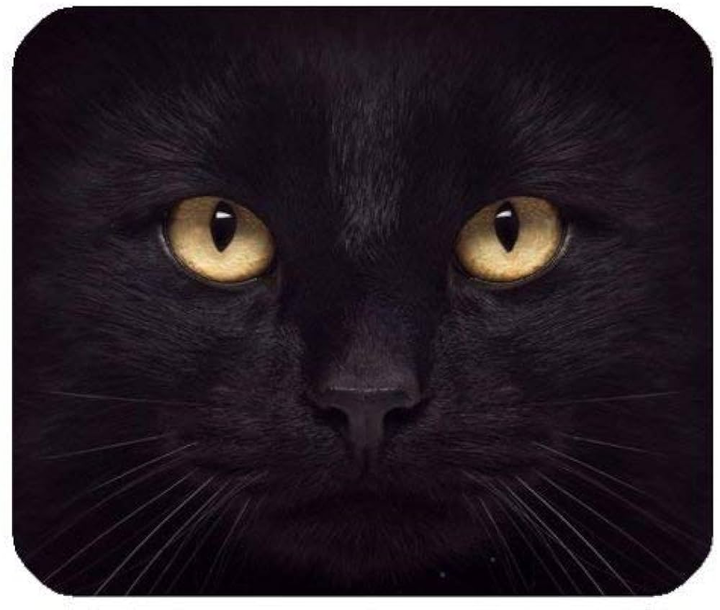Circadian rhythmicity is an essential biological process that regulates the sleep-wake cycle through both internal processes located primarily within the suprachiasmatic nucleus, as well as external environmental cues like light. Many circadian proteins work to maintain this rhythmicity, with one being TIMELESS which is within a feedback loop with other proteins such as BMAL1/CLOCK to promote or repress clock-dependent genes. TIMELESS has a clear role in maintaining our “biological clock” but its role in other processes such as synaptic plasticity is less apparent. In order to examine the role TIMELESS plays in memory and learning, Barrio-Alonso et al. utilized a combination of conditional region specific knockouts of TIMELESS done using CRE-Lox and subsequent behavioral and quantification experiments.
To obtain behavioral data, the mice were placed in a Y-maze and underwent a contextual fear conditioning (CFC) test. In the Y-maze the mice were given 10 min to interact with two arms of the maze while a third arm was blocked off. After 1 hr, the mice would be reintroduced to the maze with the third arm “novel arm” now available. The preference for the novel arm served as an index of short-term working memory. The conditional knockout (CKO) mice had a substantially lower preference for the novel arm compared to wild type mice (Figure 1A). The decreased preference indicated the CKO mice had impaired working memory. However, the mice explored the maze at similar distances, indicating no changes in exploration between the CTRL and CKO mice (Figure 1B). In the CFC test the mice were subjected to paired stimuli, they were played a neutral tone while simultaneously they received a mild foot shock. This would result in the mice instinctively freezing due to fear. The neutral tone was the conditioned stimuli (CS) and the foot shock was the unconditioned stimulus (US). Over the course of three days the mice were subjected to different stimuli.
Day 1: CS+US
Day 2: CS only with the same context.
Day 3: CS only with different context.
On each day the freezing behavior was scored but had different implications for each day. On Day 2 freezing served as a measure of contextual fear while Day 3 freezing served as a measure of cued fear memory. On the first day, the CKO and control group had similar results indicating memory acquisition was intact as mice in both groups associated the neutral tone with the foot shock (Figure 1C). However, on day 2, the CKO group had reduced freezing behavior when in the contextual setting without the CS, indicating impaired memory (Figure 1D). On Day 3, the CKO group exhibited reduced freezing behavior in the presence of the conditioned stimulus, as well (Figure 1E). They repeated the setup of days 1-3 but instead tested after 60 min post training. With this, no difference between the CKO and control groups were observed. With these results, they concluded Timeless must contribute to long term memory. They repeated this experiment with mice at ZT10 and found no long term fear memory deficits as seen with the ZT12 mice. This implied the effects of TIMELESS ablation in a circadian context were most prominent at ZT12.
Kathryn Casey and Brianna Tsakh
Figure 1: TIMELESS deletion impairs short-term spatial memory and retrieval of long-term memory. (A) Quantification of the preference for the “novel” arm compared to the “familiar arm” between CTRL and CKO mice. (B) Distance explored by CTRL mice vs. CKO mice in the Y-Maze. (C) Measurement of the ability of the CTRL vs. CKO mice to learn and associate a conditioned stimulus (neutral tone) with an unconditioned stimulus (toe shock). (D) Measurement of the ability of the CTRL vs. CKO mice to freeze in response to being in the same context without adding the conditioned stimulus. (E) Measurement of the ability of the CTRL vs. CKO mice to freeze in response to the addition of the conditioned stimulus.

















